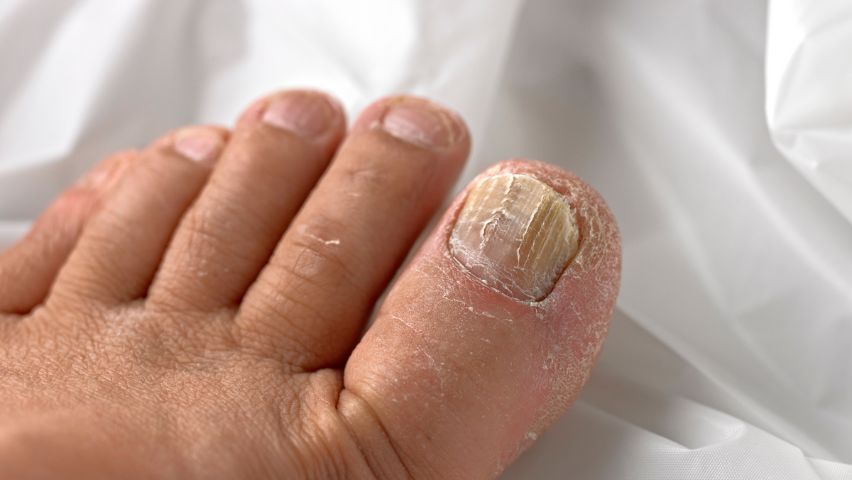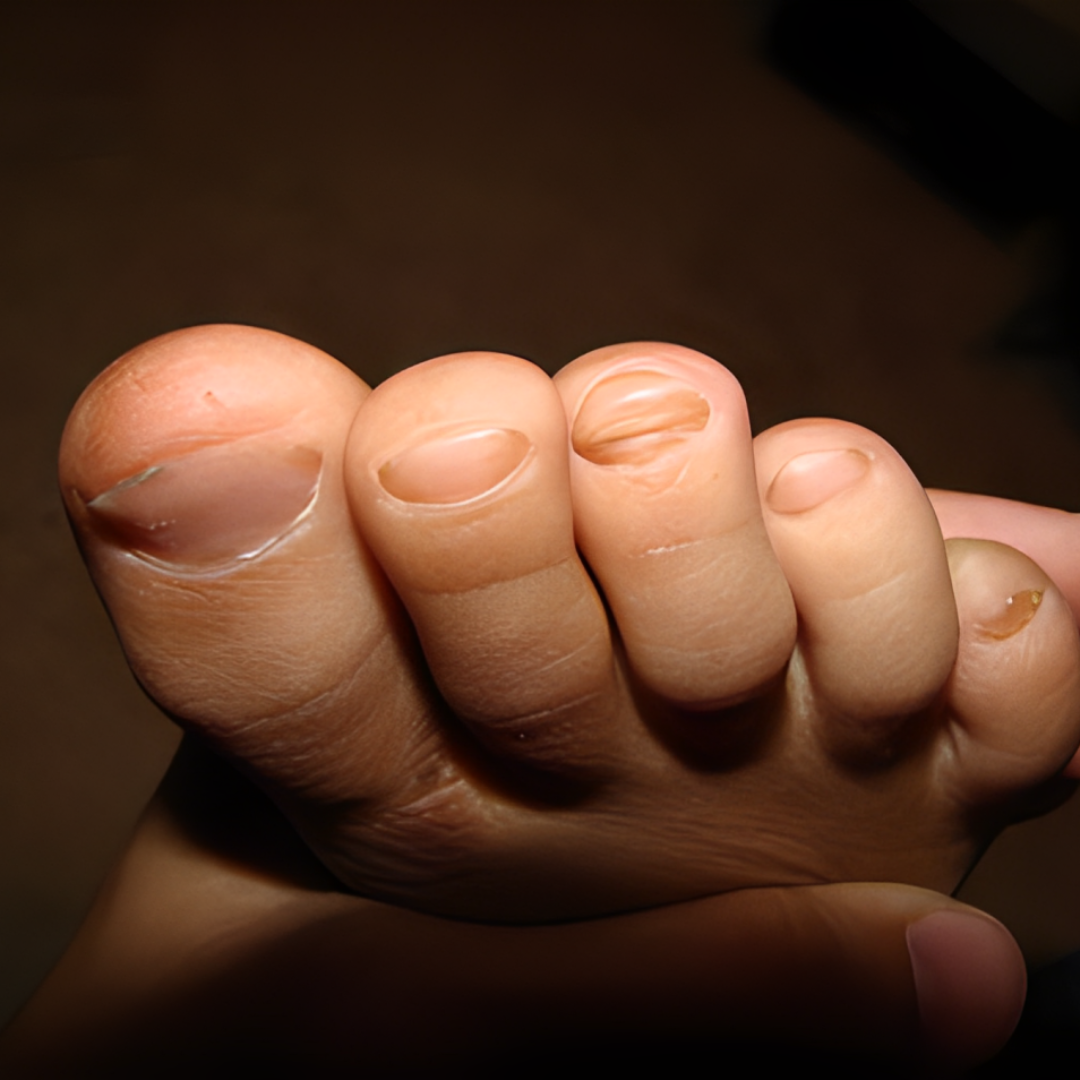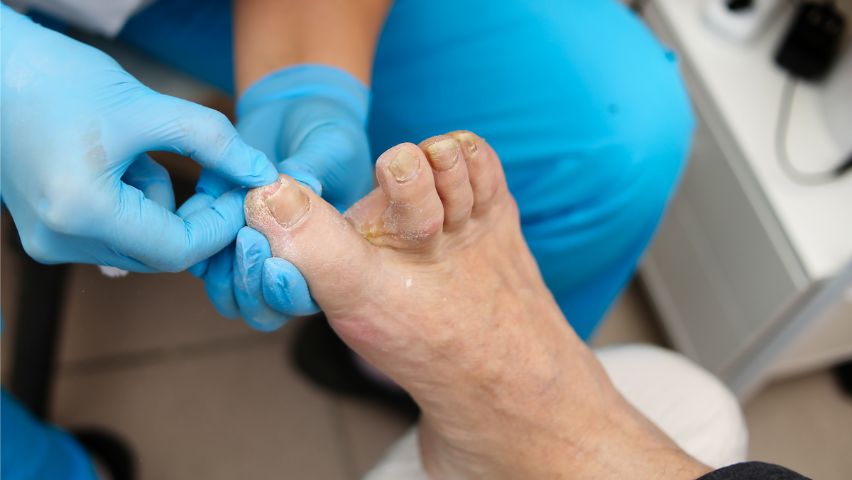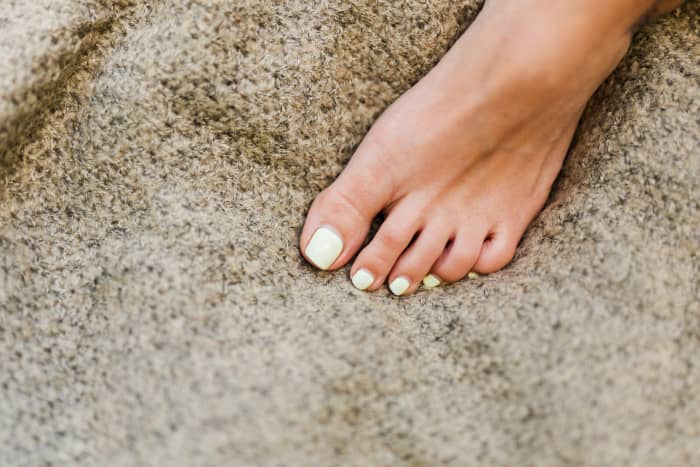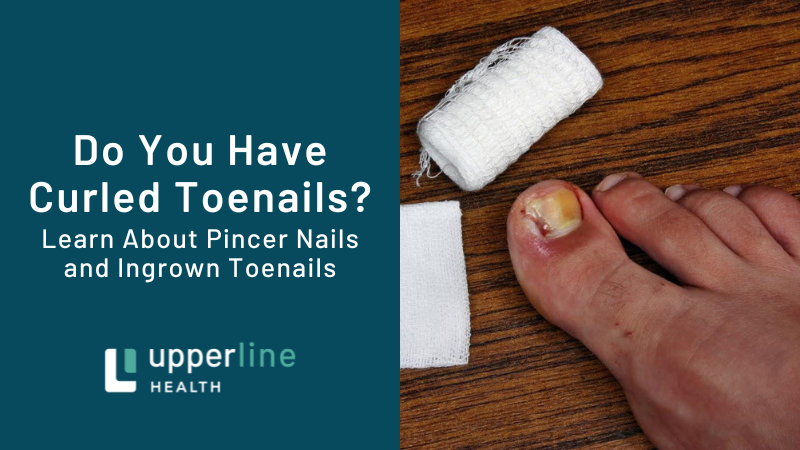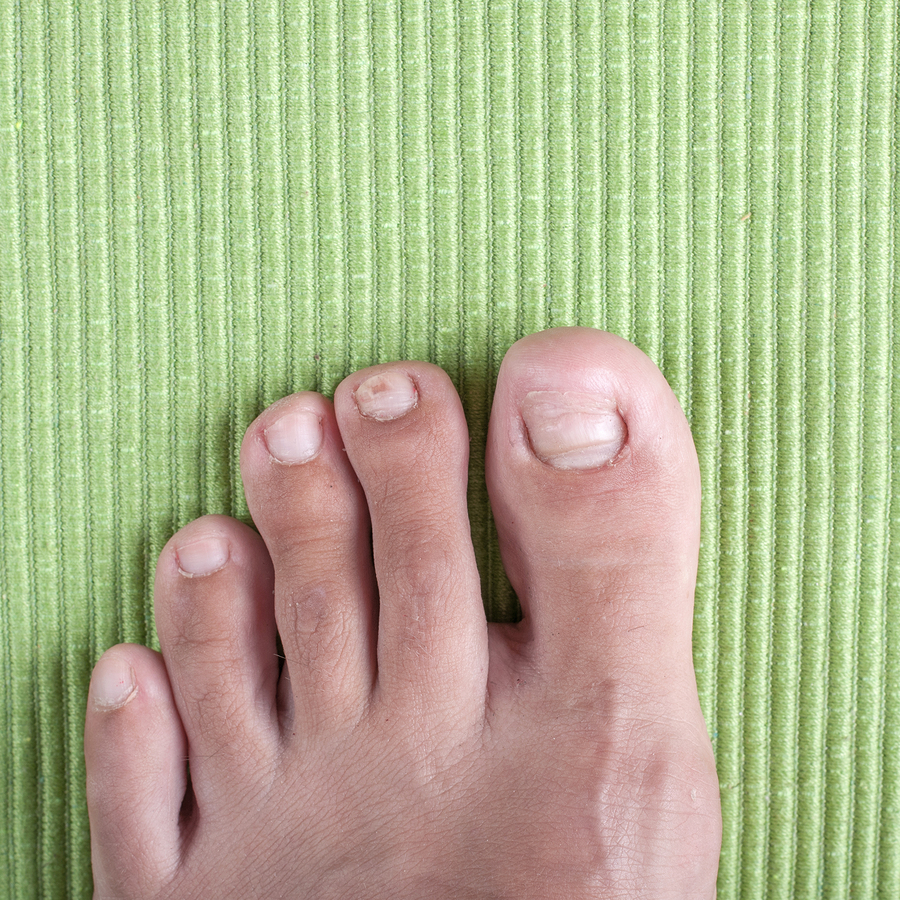Why Did My Toe Nail Stop Growing
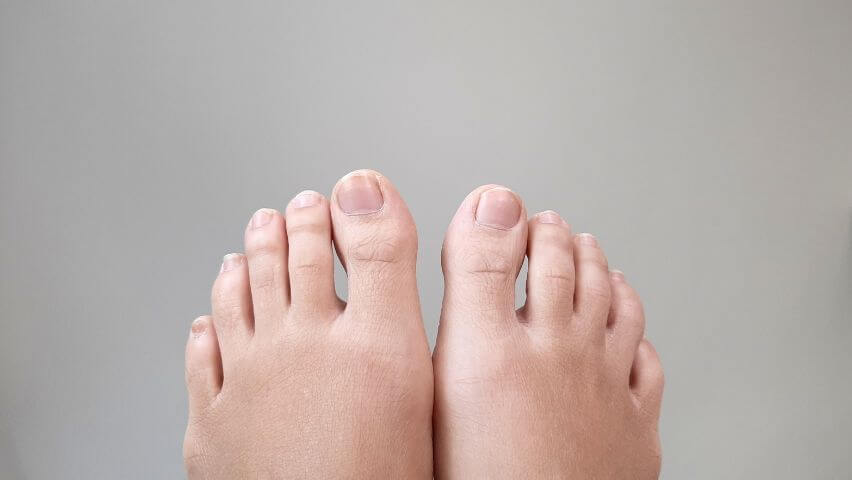
A seemingly insignificant detail, a pause in the relentless march of nail growth, can be a jarring realization. The cessation of toenail growth, often dismissed as a cosmetic quirk, can be an indicator of underlying health issues, demanding attention and potentially signaling the need for medical intervention.
This article delves into the multifaceted reasons behind arrested toenail growth, exploring potential causes ranging from localized trauma and fungal infections to systemic diseases and nutritional deficiencies. Understanding the why is crucial for proper diagnosis and effective treatment.
The Nut Graf: Unraveling the Stalled Growth
Toenail growth, though slow (averaging around 0.1 mm per day), is a continuous process driven by the nail matrix located beneath the cuticle. When this process falters, several factors can be at play. These can range from direct trauma and localized infections that directly impact the nail bed, to systemic conditions impacting the body's ability to regenerate and maintain healthy tissues, including nails.
The following sections will explore the common and less common causes, emphasizing the importance of seeking professional medical advice to determine the specific reason behind the stalled growth and guide appropriate treatment.
Trauma: The Most Common Culprit
Often, the simplest explanation is the correct one. Trauma, whether a stubbed toe, repetitive pressure from ill-fitting shoes, or a more significant injury, can damage the nail matrix.
This damage can temporarily or even permanently halt nail growth in the affected area. According to the American Academy of Dermatology, even minor, repetitive micro-trauma, common in athletes, can lead to nail deformities and growth cessation.
Subungual hematoma, a blood collection under the nail, is a frequent result of trauma. The pressure from the trapped blood can further damage the nail matrix, impeding growth.
Infections: Fungal and Beyond
Onychomycosis, or fungal nail infection, is a prevalent cause of nail abnormalities. These infections can distort the nail, thicken it, and ultimately inhibit growth.
The fungus invades the nail bed and matrix, disrupting the normal keratinization process necessary for healthy nail formation. Dr. Jane Smith, a leading dermatologist, notes that "Early detection and treatment of onychomycosis are essential to prevent permanent nail damage."
Less commonly, bacterial infections can also affect the nail, leading to inflammation and growth arrest. These infections often arise from breaks in the skin around the nail.
Systemic Diseases: A Sign of Something Deeper
In some instances, stalled toenail growth is a symptom of a broader health issue. Systemic diseases can impact circulation, nutrient absorption, and overall cellular function, all of which can affect nail health.
Peripheral artery disease (PAD), which reduces blood flow to the extremities, is a significant concern. Insufficient blood supply deprives the nail matrix of essential nutrients and oxygen, hindering growth.
Certain autoimmune diseases, such as psoriasis and lichen planus, can also affect the nails. These conditions cause inflammation and abnormal cell growth, disrupting the normal nail formation process.
Nutritional Deficiencies: Fueling Growth from Within
Adequate nutrition is crucial for overall health, including nail growth. Deficiencies in certain vitamins and minerals can manifest as nail abnormalities, including slowed or stopped growth.
Iron deficiency anemia, a common condition, can impact nail health. Iron is essential for oxygen transport, and its deficiency can lead to brittle, slow-growing nails.
Biotin, a B vitamin, is also important for nail health. While severe biotin deficiency is rare, inadequate intake can contribute to nail problems. Zinc, another essential mineral, plays a role in cell growth and repair, and its deficiency can also affect nail growth.
Medications: A Potential Side Effect
Certain medications can have side effects that impact nail growth. Chemotherapy drugs, for instance, are known to disrupt cell division, affecting rapidly growing tissues like nails.
Other medications, such as some beta-blockers and retinoids, have also been linked to nail changes. If you suspect that a medication is affecting your nail growth, consult with your doctor.
It is important to remember that correlation does not equal causation and you should consult with a medical professional if you have any concerns regarding medications.
The Aging Process: A Natural Slowdown
As we age, our bodies undergo various changes, including a slowdown in nail growth. The nail matrix becomes less active, and the rate of cell division decreases.
This natural aging process, combined with other factors like reduced circulation and potential nutrient deficiencies, can contribute to slower toenail growth in older adults. Furthermore, nails can become thicker and more brittle with age.
While some slowdown is expected, significant changes or complete cessation of growth should still be evaluated by a healthcare professional to rule out underlying medical conditions.
Diagnosis and Treatment: Seeking Professional Guidance
Determining the cause of stalled toenail growth often requires a thorough examination by a doctor or podiatrist. A physical examination, along with a review of your medical history and current medications, is essential.
Diagnostic tests, such as nail clippings for fungal culture or blood tests to assess for systemic diseases and nutritional deficiencies, may be necessary. A biopsy of the nail bed might also be recommended in some cases.
Treatment will depend on the underlying cause. Fungal infections are treated with antifungal medications, while systemic diseases require management of the underlying condition. Nutritional deficiencies can be addressed with dietary changes or supplements. In cases of trauma, protecting the nail and allowing it to heal naturally is often the best approach.
Looking Ahead: Prevention and Proactive Care
While some causes of stalled toenail growth are unavoidable, proactive measures can help maintain healthy nails. Proper foot hygiene, wearing well-fitting shoes, and avoiding trauma to the toes are essential preventive steps.
Maintaining a balanced diet rich in essential vitamins and minerals is also crucial. Regular self-exams of your nails can help you detect early signs of problems. According to the National Institutes of Health, you should always consult with your doctor if you notice any changes or abnormality in your nails.
In conclusion, stalled toenail growth, while often dismissed, can be a valuable indicator of underlying health issues. By understanding the potential causes and seeking timely medical advice, you can protect your nail health and overall well-being.
